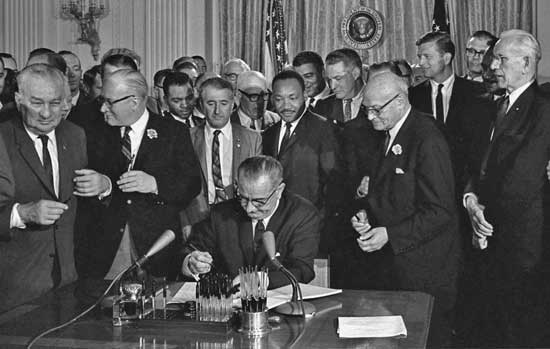Welcome back. The initial results of the 2020 Census were released last month, and the race has begun. Population counts from the census are used to apportion the 435 seats in the House of Representatives among states and, thus, also determine the number of each state's electoral votes (one per senator and one per House seat) for the next 10 years.
 |
| 2020 Census results (from news.yahoo.com/census-results-big-disappointment-hispanic-005034556.html). |
Although some states with more than one district have shifted redistricting from the state legislatures to special commissions or made other changes, most have not (33 at last count). Instead, these states use or have the potential to use redistricting for partisan gerrymandering (manipulate district boundaries to favor their party). Gerrymandering can exert a huge influence on election results and everything that goes with that.
Wait, this isn’t a blog post about gerrymandering; in most cases, we’ve got 10 years to fix that. There’s an immediate, more pressing problem. Partisan politicians won’t need gerrymandering if they can stop people from voting.
Suppressing the Vote
The Voting Rights Act of 1965 required certain states and local governments that had a history of voting discrimination to obtain federal approval before implementing any change to their voting laws or practices. That protection went by the wayside in 2013, when the Supreme Court ruled, in Shelby County v. Holder, that one section of the Voting Rights Act was no longer constitutional.
 |
| President Lydon Johnson signing the Voting Rights Act of 1965 into law, with Dr. Martin Luther King, Jr., other civil right activists and politicians standing behind him (from dp.la/primary-source-sets/voting-rights-act-of-1965/sources/1389). |
But apparently that wasn’t enough. Trump’s unsubstantiated claims of election fraud convinced millions of his supporters that the results were rigged, undermined voter trust and gave Republican state legislators a new, albeit bogus, justification to restrict voting access--election integrity. As of late March, they had introduced 361 bills in 47 states.
An April Pew Research Center survey of 5,109 U.S. adults confirmed that Republicans and Republican-leaning independents bought into what Trump has been pitching and now back what their legislators have been trying to do for years. For example, the percentage that favor early or absentee voting without a documented reason fell from 57% in 2018 to 38%, while Democrat and Democrat-leaning independents’ support remained over 80%.
Wrap Up
That April Pew survey found marked differences in Democrat and Republican support for multiple voting proposals, from requiring government-issued photo IDs to allowing ex-felons to vote.
 |
| Pew Research Center survey of response of Democrats/Democrat-leaning independents and Republicans/Republican-leaning independents to voting access proposals; April 5-11, 2021, 5,109 U.S. adults (from www.pewresearch.org/politics/2021/04/22/republicans-and-democrats-move-further-apart-in-views-of-voting-access/). |
Thanks for stopping by.
P.S.
Census:
www.census.gov/library/visualizations/interactive/historical-apportionment-data-map.html
www.census.gov/library/stories/2021/04/2020-census-data-release.html
Redistricting and gerrymandering:
www.ncsl.org/research/redistricting/redistricting-systems-a-50-state-overview.aspx
apnews.com/article/15945f8bd618d3c749e7c56d3a572d71
ballotpedia.org/State-by-state_redistricting_procedures
www.nytimes.com/2019/06/27/us/what-is-gerrymandering.html
www.americanprogress.org/issues/democracy/reports/2020/07/08/487426/partisan-gerrymandering-limits-voting-rights/
Voting Rights Act of 1965 and Shelby County v. Holder:
en.wikipedia.org/wiki/Voting_Rights_Act_of_1965#Coverage_formula
en.wikipedia.org/wiki/Shelby_County_v._Holder
Voter suppression and latest threats:
www.brennancenter.org/our-work/research-reports/voting-laws-roundup-march-2021
www.washingtonpost.com/politics/interactive/2021/voting-restrictions-republicans-states/
www.cnn.com/2021/04/03/politics/state-legislation-voter-suppression/index.html
en.wikipedia.org/wiki/Voter_suppression_in_the_United_States
us.newschant.com/politics/with-florida-bill-republicans-continue-unrelenting-push-to-restrict-voting/
www.nytimes.com/2021/05/01/us/politics/republican-pollwatchers.html
Pew Research Center surveys:
April 2021: www.pewresearch.org/politics/2021/04/22/republicans-and-democrats-move-further-apart-in-views-of-voting-access/
March 2021: www.pewresearch.org/fact-tank/2021/04/01/share-of-republicans-saying-everything-possible-should-be-done-to-make-voting-easy-declines-sharply/

No comments:
Post a Comment